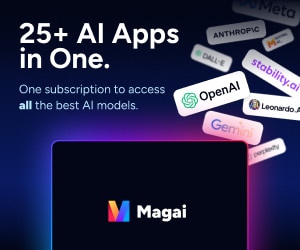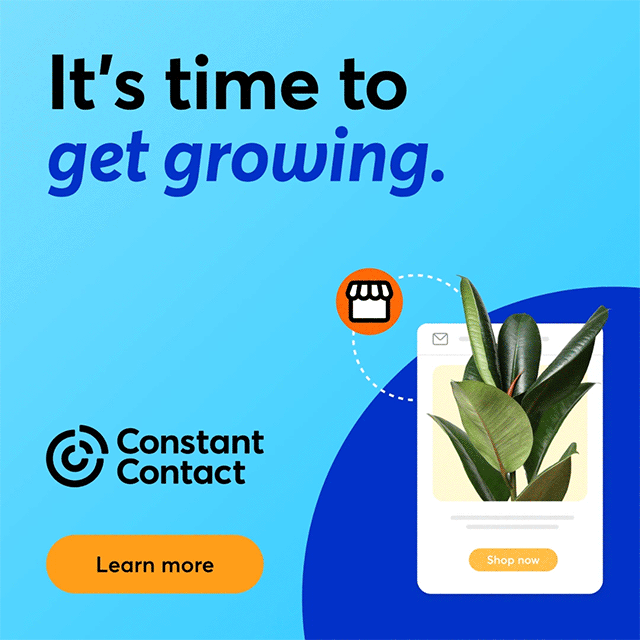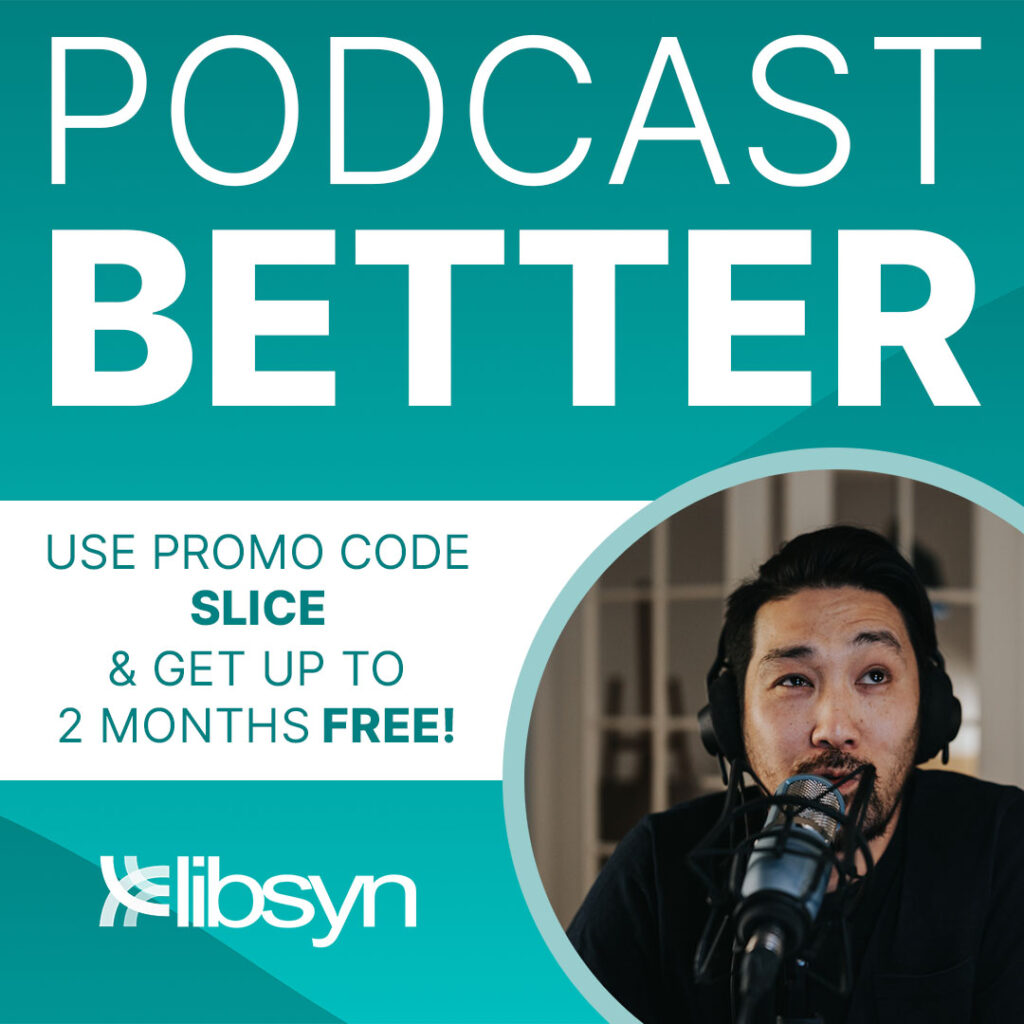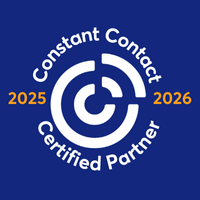 This month’s guest post is written by Thomas Smith. Mr. Smith’s company TechEn enterprises, LLC works with companies to achieve strategic, controlled and managed deployment of Google Apps.
This month’s guest post is written by Thomas Smith. Mr. Smith’s company TechEn enterprises, LLC works with companies to achieve strategic, controlled and managed deployment of Google Apps.
“Google Apps For Your Domain” (GAFYD) was how Google originally referred to its cloud computing solution suite when released in August 2006. The product has been referred to by varying names (i.e. Standard, Premier, Non-Profit etc) as it evolved over the past four years, but today it’s pretty much just referred to as “Google Apps”. This approach keeps the name simple, but has contributed to confusion at times. For instance:
- Having a xxx@gmail.com email account gains you access to certain Google Apps
- Having an Android based Smart-phone (i.e. Droid) gives access to certain Google Apps (aka Google Mobile Apps)
- Having an iGoogle account gains you access to certain Google Apps
- Then of course there is the “solution suite” known specifically as Google Apps, which also requires a registered domain name.
Honestly, I think it’s very confusing, but considering Google has some 17,000 computer engineers compared to maybe a few 100 marketing people it’s understandable! Their focus is far more on building amazing software than naming it clearly.
In keeping with the tradition of “leveraging cloud computing”, last week (Nov 18, 210) Google released over 60 additional apps/services to the more than 30 million existing GAFYD (Google apps FOR YOUR DOMAIN) users. It can be confusing, so here is an explanation according to Google: (followed by a video)
“As customers begin to recognize large productivity gains with Gmail, Google Docs and the rest of Google Apps, they frequently ask when they’ll be able to use services like Google Voice, Reader, Blogger and AdWords with their Google Apps accounts. We’ve steadily added new functionality to Google Apps and recently added support for third-party apps, but we’re thrilled to swing the floodgates of new functionality wide open now. Starting today, customers worldwide can access a full spectrum of services from Google—including more than 60 productivity-boosting applications that extend far beyond any traditional software suite.”
In the video, you hear reference to “administrator” multiple times. That’s because it is a critical role for achieving success with using apps under a private domain name. Effective management of such an explosion in software functionality can become complex. Experience in the operation of “domain dashboards and admin accounts” becomes critical to assure proper access security and data continuity are maintained for the domain and all related company data.







